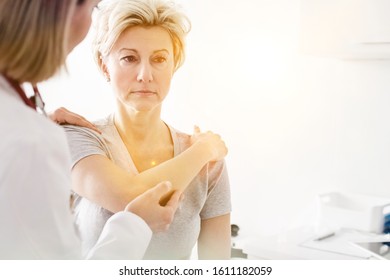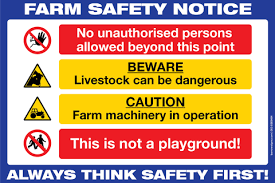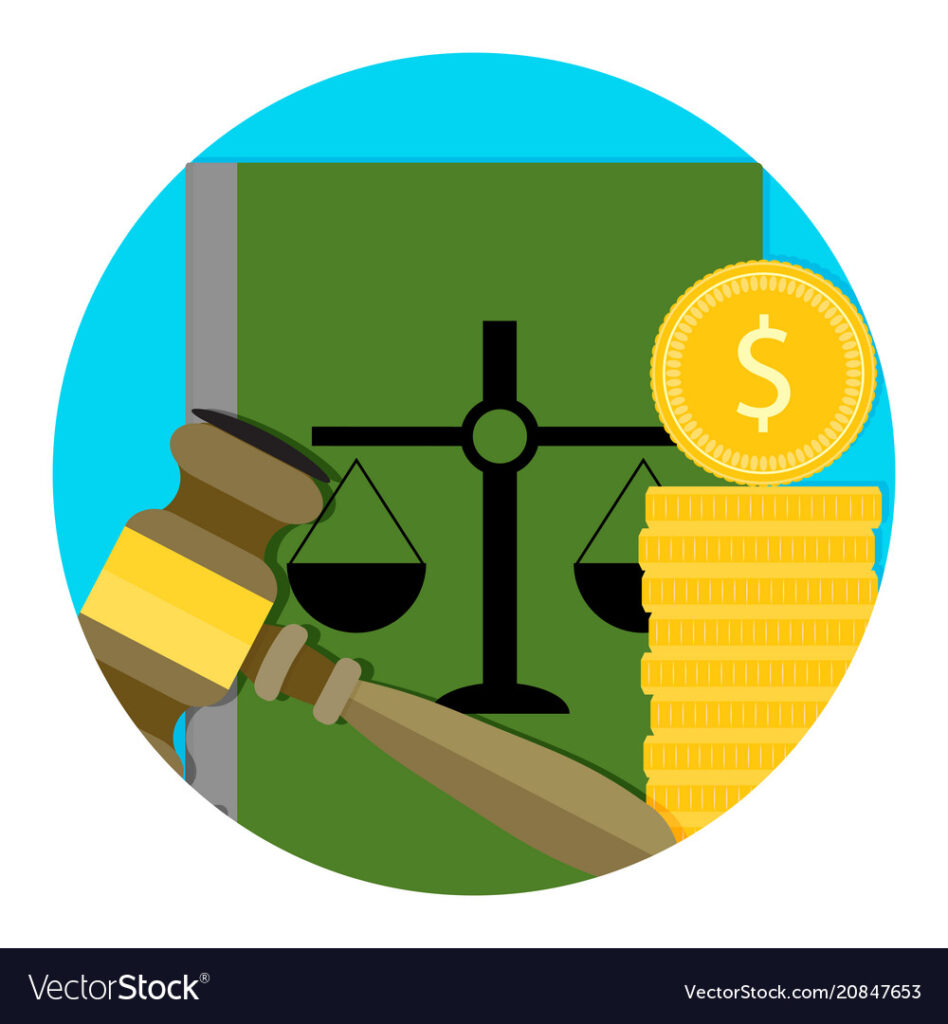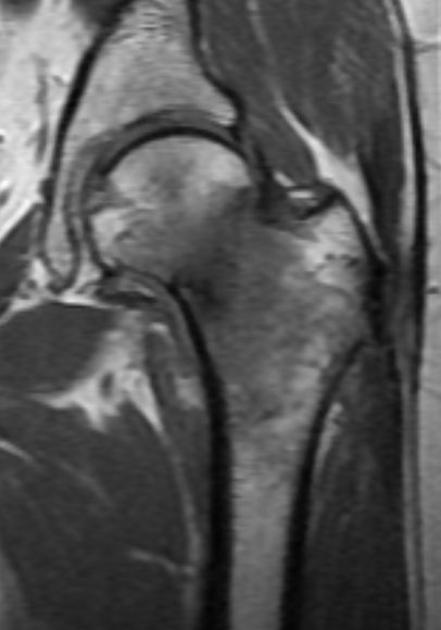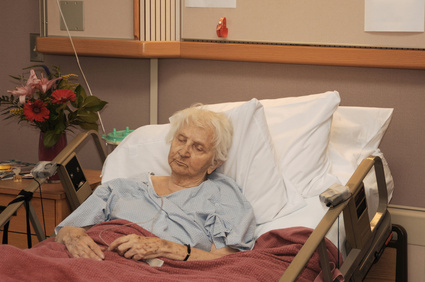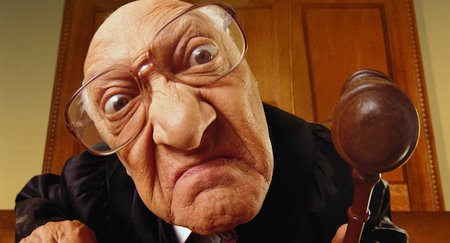General Advice – October 2021
Qualities You Should Look for in an Expert
Since I have spoken about the need for some form of quality control with medicolegal reports, it is also appropriate that I list some of the qualities that I believe are necessary in a good reporter. In no special order, they are:

- Sufficient intellect (and usually, most medical practitioners possess this).
- Adequate education (especially in the subspecialty chosen).
- An analytical ability that allows the expert to sift through the evidence and make a true and accurate determination on causation and loss.
- Adequate experience both of and in the subspecialty chosen.
- Erudition in reporting.
- The ability to maintain focus and communicate in a concise manner.
- Expressing unequivocal decisions whenever possible.
- Remaining emotionless. I sometimes see colleagues expressing frustration in their reports after dealing with a seemingly difficult plaintiff.
- The report should be devoid of bias. This can be very difficult. Not all bias is recognised by the reporter.
- Objectivity is paramount.
- Transparency is also essential. Reasoning should always be explained.
- Completeness, with all questions being answered, all the time.

My great mentor, the Hon Des Derrington, retired Justice of the Supreme Court of Queensland, has been an invaluable source of advice for me for almost four decades. I will always be indebted to him.









